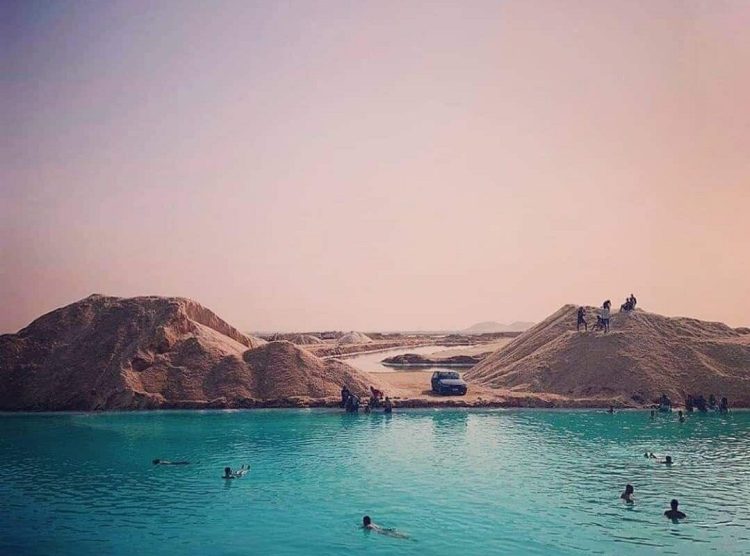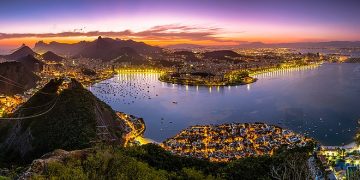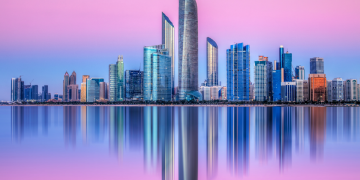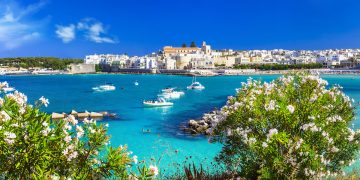A Desert Reawakens in the Western Sands
In 2025, something unexpected is happening deep in Egypt’s Western Desert. The Siwa Oasis—long a remote destination reserved for adventurous backpackers and cultural purists—is witnessing a gentle but undeniable revival. Once bypassed by most Egypt-bound travelers for the pyramids and Nile cruises, Siwa is emerging as a soulful desert sanctuary where Berber culture, wellness travel, and surreal natural beauty intersect in remarkable ways.
While Egypt’s Red Sea resorts and pharaonic relics still dominate the country’s tourism narrative, Siwa is fast becoming the go-to destination for travelers who want more than beach loungers or ancient stone. They come for the healing salt lakes, the unearthly quiet of golden sand dunes, and, perhaps most strikingly, the deep cultural rhythms that echo from a time far older than tourism itself.
Salt Lakes, Instagram, and the Beauty of Stillness
The boom in interest began, oddly enough, on social media. In late 2024, a series of viral Instagram reels and TikTok videos showed influencers floating effortlessly in the hyper-saline lakes of Siwa. The lakes—bluer than sapphire and framed by stark desert whites—looked almost digitally enhanced. Travelers who had once never heard of Siwa suddenly bookmarked it as Egypt’s new surreal escape.
Unlike the Dead Sea, which has long been saturated with tourism infrastructure, Siwa’s lakes remain relatively untouched. Many are accessible only by 4×4 or donkey cart. The experience isn’t just photogenic—it’s deeply meditative. Floating alone in one of these crystalline pools with nothing but desert silence around is, according to many visitors, a near-spiritual experience.
But behind the rise of Siwa’s salt lakes is a larger trend: travelers are seeking quiet. The kind of quiet that recalibrates the nervous system. After years of chaotic headlines and algorithm fatigue, there’s a global hunger for destinations that are photogenic and peaceful. Siwa answers that call with grace.
Ecolodges and the New Desert Ethic
Siwa’s renaissance isn’t driven by mass tourism or luxury chains. Instead, its growth is fueled by sustainability and community-rooted hospitality. In 2025, several new ecolodges have opened around the oasis—built with traditional kershef (mud-brick mixed with salt) and powered by solar energy. These lodges are not just accommodation; they’re designed to blend into the palm-dotted landscape, offering travelers the chance to live as locals do, without modern noise or waste.
Perhaps the most notable is Adrere Amellal, the iconic mud-brick retreat that functions without electricity and serves only locally sourced organic food. In 2025, newer budget-friendly iterations have emerged nearby, allowing more travelers to enjoy the ethos of slow, quiet living in the desert without the five-star price tag.
These ecolodges don’t offer TVs or WiFi. What they offer instead is candlelit dinners under stars, morning yoga in stone courtyards, and immersion in a rhythm that follows the sun—not your smartphone.
Berber Heritage as a Living Experience
What truly sets Siwa apart is its identity. Unlike much of Egypt, Siwa is home to a distinct Amazigh (Berber) community with its own dialect, dress, and traditions. While much of North Africa’s Berber culture has been assimilated or diluted, Siwa has managed to preserve its uniqueness thanks to its remoteness and strong oral traditions.
Today, travelers can experience this culture firsthand—not through staged performances but through genuine interactions. Many of the local guides offering tours of the salt lakes, temples, or dunes are Siwan themselves. Women’s cooperatives now host workshops in traditional embroidery. Families open their homes to curious guests for dates, tea, and storytelling sessions.
Visitors are often surprised by the warmth of these encounters. The Siwans are proud of their heritage, and their openness turns a desert trip into a human one. This living culture, paired with the stillness of the surrounding dunes, makes the oasis feel like a place suspended outside of time.
Ancient Sites and Mythic Allure
Siwa isn’t just a place of natural or cultural beauty—it’s a land steeped in ancient myth. The Temple of the Oracle, where Alexander the Great allegedly received divine confirmation of his godhood, still stands in stoic silence amid dusty ruins. The fortress of Shali, a crumbling yet majestic mud-brick citadel in the center of town, offers sweeping views of the oasis at sunset.
In 2025, archaeologists working with the Egyptian Ministry of Tourism have begun new conservation efforts at several lesser-known Siwan sites. These include ancient tombs tucked into hillsides and forgotten springs believed to have healing properties. Cultural travelers are increasingly including these off-grid landmarks in their itineraries, seeking stories that go beyond Instagram aesthetics.
Even the dates and olives—the region’s famed exports—have lore tied to them. Siwan farmers tell of sacred trees, spirits in the groves, and ancestral wisdom about irrigation that still guides agricultural practices. It’s all part of a wider appeal: Siwa doesn’t just show you beauty—it shows you meaning.
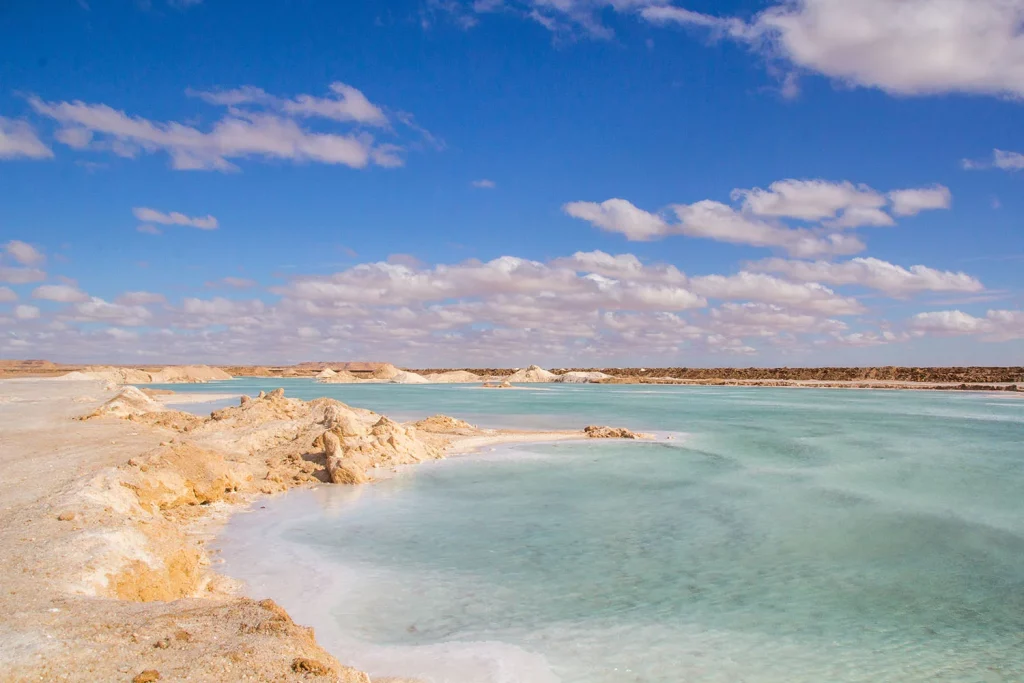
Spiritual Wellness in the Sands
As wellness travel continues to boom globally, Siwa has become a quiet contender on the world’s wellness map. In 2025, retreat groups from Berlin, Seoul, and Melbourne have started booking entire ecolodges for week-long experiences centered on stillness, meditation, and elemental living.
Salt scrubs, desert hot springs, sound baths under full moons, and herbal detox teas made from desert plants now complement more traditional spiritual practices like prayer and silence. While Bali and Tulum may dominate yoga trends, Siwa offers something rawer, older, and less curated. It doesn’t shout its spirituality—it lets it unfold.
Many solo travelers report breakthroughs in clarity, sleep, and creativity after even a few days here. Therapists and spiritual guides have started recommending Siwa not as a vacation but as a healing pause. “The silence here isn’t empty,” says one retreat leader. “It’s restorative.”
Off-Grid, But Not Out of Reach
Despite its remote feel, Siwa is more accessible than ever. In 2024, a new set of government-sponsored roadworks shortened the drive from Cairo to under eight hours. Small domestic flights now reach Matrouh, the closest city, with shuttle services available to Siwa. Still, the journey is part of the experience. By the time travelers arrive, they’ve already left behind the tempo of modern life.
This balance between accessibility and seclusion is key. It keeps Siwa off the mass-tourism radar while still welcoming those who seek it out. And unlike many trendy destinations, the growth here feels regenerative, not extractive.
Local authorities have also introduced caps on new construction and enforce strict regulations on tourism businesses. The goal is to avoid the overtourism mistakes made elsewhere in Egypt and allow Siwa’s revival to nourish—not exploit—the land and its people.
A Place That Welcomes and Holds You
There’s a certain kind of traveler Siwa attracts. They’re not just looking to unplug; they’re looking to reorient. Whether they come for the salt lakes, the ancient temples, the spiritual retreats, or the Berber wisdom, they tend to leave changed. Not dramatically, but subtly—like how desert wind shapes a dune over time.
Artists speak of creative rebirth. Couples find rare space for silence and connection. Solo travelers, often women, describe feeling unusually safe, even seen. The desert doesn’t demand your attention—it holds it.
This emotional architecture is what’s hard to bottle and impossible to market. And yet, it’s the most powerful reason why tourists are returning to Siwa.
Tips for Visiting Siwa in 2025
- Best Season: October through March offers cool desert nights and comfortable daytime temperatures. Avoid July–August when temperatures soar above 40°C.
- Getting There: Fly to Marsa Matrouh and drive 4–5 hours, or take an overnight bus from Cairo.
- What to Pack: Modest clothing, scarves for sand protection, refillable water bottles, and journals (you’ll want to write).
- Where to Stay: Ecolodges like Taziry, Adrere Amellal, or locally run guesthouses that offer authentic desert hospitality.
- Must-Experience: Sunset over Fatnas Island, a dip in Cleopatra’s Spring, a Berber-led salt lake float, and a slow wander through Shali fortress at dusk.
What Siwa Teaches Us About Travel in 2025
The return to Siwa is not just about a destination—it’s about a shift in desire. In a world of overexposure, curated experiences, and algorithm-led wanderlust, places like Siwa thrive because they resist being captured. They ask you to be present, to slow down, and to listen.
Siwa isn’t competing with the world’s luxury or adventure capitals. It’s offering a third way: rooted, raw, and restorative. And in doing so, it’s reminding us why we travel in the first place—not just to see something new, but to feel something deep.


